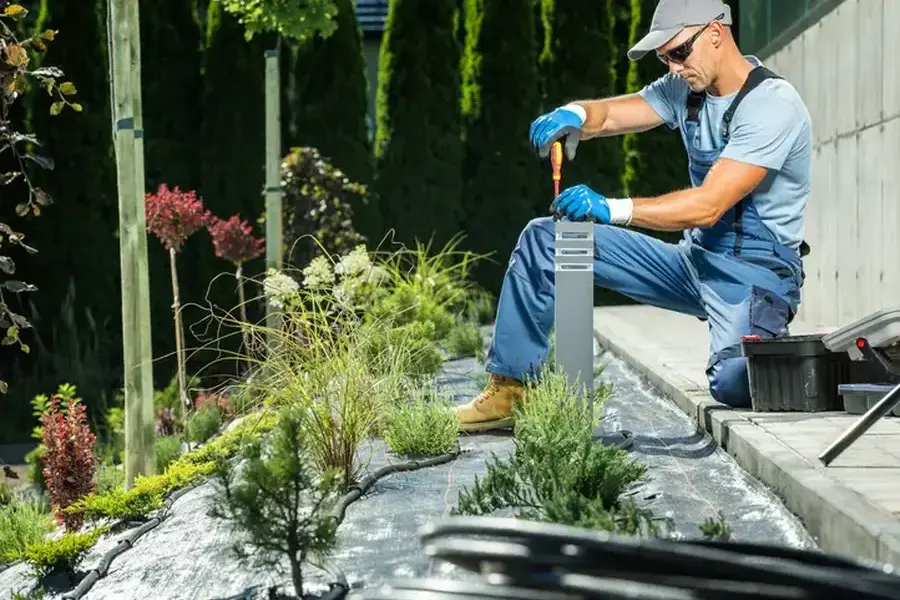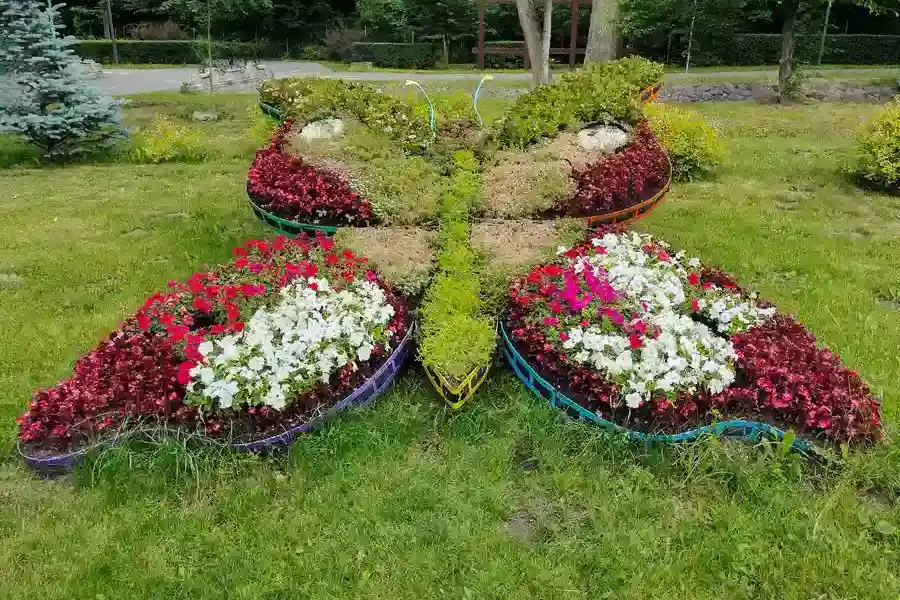The Role of Water Management in Successful Landscaping
Effective drainage is crucial for any landscaping project. It ensures that water is directed away from structures and plantings, preventing damage and promoting healthy growth. Without proper drainage, landscapes can suffer from erosion, pooling water, and plant diseases. These issues not only affect the aesthetics but also increase maintenance costs and reduce the lifespan of the landscape features. Understanding how drainage impacts landscape installation success helps in creating durable and visually appealing outdoor spaces.
Importance of Drainage Planning
Planning for proper drainage before starting a landscape installation is essential. This involves evaluating the site’s natural slope, soil type, and existing water flow patterns. By addressing these factors early, you can design a system that efficiently manages excess water. Properly planned drainage reduces the risk of standing water, which can damage both hardscape and softscape elements.
Potential Problems From Poor Drainage
Poor drainage can lead to numerous problems that impact a landscape’s longevity and beauty. Issues like soil erosion remove essential nutrients and destabilize plants. Waterlogged areas may result in root rot or fungal diseases, negatively affecting plant health. Additionally, excess water near foundations or patios can cause structural damage over time.
Drainage Solutions for Effective Water Management
Implementing effective drainage solutions is key to a successful landscape installation. Options include French drains, dry wells, and rain gardens. Each method has its strengths and fits different scenarios based on site-specific needs. For example, French drains are suitable for redirecting water in flat areas, while rain gardens can manage runoff naturally by absorbing it into the ground.
- French drains: Ideal for diverting water across large areas.
- Dry wells: Useful for collecting and dispersing stormwater underground.
- Rain gardens: Natural absorption areas to handle rainfall runoff.
Best Practices for Implementing Drainage Systems
When installing drainage systems, follow best practices to ensure effectiveness. First, assess the entire property to identify potential problem areas. Next, choose appropriate materials that can withstand local weather conditions. Finally, regularly maintain the system to prevent blockages or failures that might arise over time.
- Assess the property thoroughly.
- Select durable materials.
- Schedule regular maintenance checks.
Cost Considerations for Drainage Implementation
The cost of implementing drainage solutions varies based on several factors, such as the size of the area and chosen method. Investing in quality materials and professional expertise often provides a good return on investment by prolonging the lifespan of your landscape. Weighing initial expenses against potential repair costs from water damage highlights the importance of effective drainage planning.
Achieving Long-Term Landscape Health
Ensuring long-term health and visual appeal in landscaping requires attention to drainage details. A well-designed drainage system supports sustainability by promoting healthy plant growth and minimizing environmental impact. When done correctly, it prevents costly repairs and maintains the aesthetic value of your property over time.
Contact Us for Professional Assistance
If you’re considering landscape improvements or need expert advice on drainage solutions, our team is here to help. At Francisco Felipe Lawn Care Inc, we prioritize ensuring your outdoor space stays beautiful and functional. Located in Fort Myers, FL, we serve clients with tailored recommendations designed to meet specific needs. Call us at (239) 494-5333 to discuss how we can assist with your next project.

